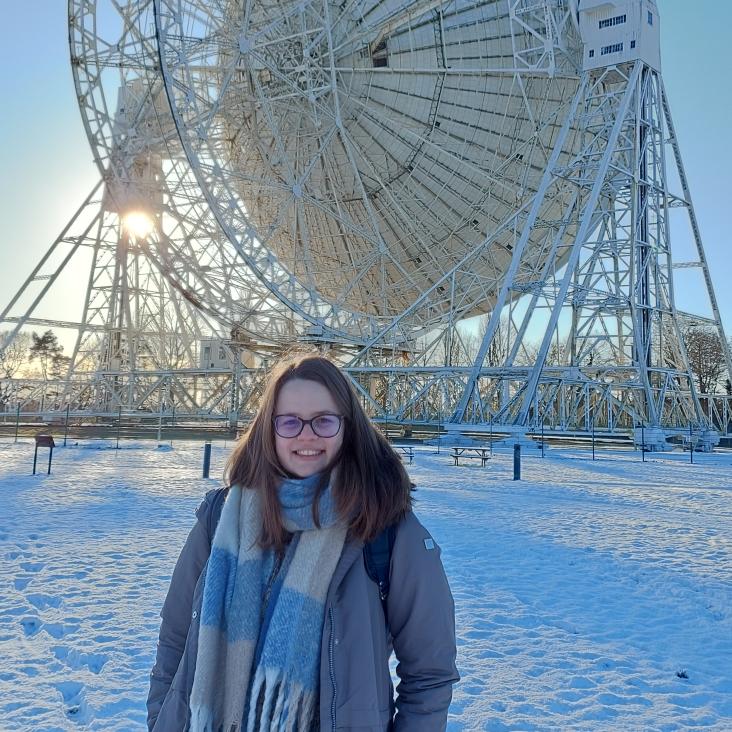Flux dependence of redshift distribution and clustering of LOFAR radio sources
Astronomy and Astrophysics EDP Sciences 692 (2024) A2
Abstract:
Context. We study the flux density dependence of the redshift distribution of low-frequency radio sources observed in the LOFAR Two-metre Sky Survey (LoTSS) deep fields and apply it to estimate the clustering length of the large-scale structure of the Universe, examining flux density limited samples (1 mJy, 2 mJy, 4 mJy and 8 mJy) of LoTSS wide field radio sources.Methods. We utilise and combine the posterior probability distributions of photometric redshift determinations for LoTSS deep field observations from three different fields (Boötes, Lockman hole and ELAIS-N1, together about 26 square degrees of sky), which are available for between 91% to 96% of all sources above the studied flux density thresholds and observed in the area covered by multi-frequency data. We estimate uncertainties by a bootstrap method. We apply the inferred redshift distribution on the LoTSS wide area radio sources from the HETDEX field (LoTSS-DR1; about 424 square degrees) and make use of the Limber approximation and a power-law model of three dimensional clustering to measure the clustering length, r0, for various models of the evolution of clustering.
Results. We find that the redshift distributions from all three LoTSS deep fields agree within expected uncertainties. We show that the radio source population probed by LoTSS at flux densities above 1 mJy has a median redshift of at least 0.9. At 2 mJy, we measure the clustering length of LoTSS radio sources to be r0 = (10.1 ± 2.6) h−1 Mpc in the context of the comoving clustering model.
Conclusions. Our findings are in agreement with measurements at higher flux density thresholds at the same frequency and with measurements at higher frequencies in the context of the comoving clustering model. Based on the inferred flux density limited redshift distribution of LoTSS deep field radio sources, the full wide area LoTSS will eventually cover an effective (source weighted) comoving volume of about 10 h−3 Gpc3.
A spatially resolved spectral analysis of giant radio galaxies with MeerKAT
Monthly Notices of the Royal Astronomical Society 537:1 (2024) 272-284
MeerKAT discovery of a MIGHTEE Odd Radio Circle
Monthly Notices of the Royal Astronomical Society: Letters Oxford University Press (OUP) 537:1 (2024) l42-l48
MIGHTEE: the continuum survey Data Release 1
Monthly Notices of the Royal Astronomical Society Oxford University Press 536:3 (2024) 2187-2211


